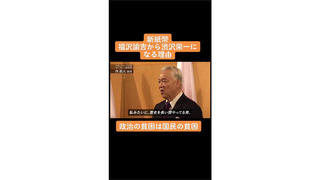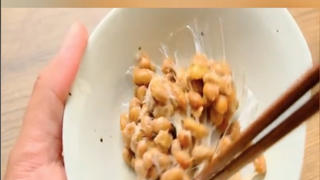
Is it true that the Nippon Telegraph and Telephone East Corporation (NTT) and Gryllus are using crickets as a way to control humans via 5G and graphene oxide? No, that's not true: NTT is merely funding Gryllus' efforts to create smart crickets to solve the potential protein shortage in the future.
The claim initially appeared on TikTok (archived here) on May 9, 2023, with the caption "edible vaccine" seen throughout the video. The video talks about the presence of graphene in crickets, and how when consumed, graphene turns into graphene oxide, which is harmful to the human body. Additionally, the video claims that the Japanese government and NTT are pushing for cricket consumption to control humans via graphene oxide:
"Why is NTT entering the insect food industry? [...] The truth is, graphene oxide turns the body into a battery. How does this connect to NTT? Please watch this video:"
This claim can be seen at 00:58:
(Source: TikTok screenshot taken on Fri May 19 19:06:00 UTC 2023)
In the TikTok video, an advertisement by NTT Docomo is featured, supposedly highlighting the connection between AI, human augmentation, and the cricket industry. The video suggests that Docomo's endeavors in transitioning towards 6G technology are closely related to advancements in the cricket business; from 01:14 onwards:
(Source: TikTok screenshot taken on Fri May 19 18:24:14 2023 UTC)
Lead Stories and several news sites have already debunked the COVID-19 5G and graphene oxide conspiracy theories. Yahoo News has also released its own fact-check debunking the presence of 5G and graphene oxide in crickets. In a similar vein to COVID-19 vaccines containing no traces of graphene oxide, crickets also do not contain graphene oxide, which can send electromagnetic waves to 5G towers. Furthermore, the NIH also advocates for the consumption of edible insects, like crickets, to address undernutrition in the Global South, as they are high in fat, protein, vitamin, fiber, and micronutrient content.
The video used as "proof" in the TikTok video, is actually a series of advertisements from NTT Docomo in their campaign to adopt 6G in their mobile systems. In the video, actress Haruka Ayase's fingers are wired to receive signals from a professional piano player, to demonstrate the abilities of their sensing device for their "human augmentation" project. This project has nothing to do with NTT's collaboration with Gryllus to expand into the edible insect industry.
NTT has issued a separate press release outlining the application of AI to enhance cricket breeding methods, with the aim of addressing potential food insecurity concerns.












